syn·site
in contemporary art terms: a "syn-site" is a conceptual space that encapsulates a multitude of experiences, observations, and interactions across various physical and digital locales. It is a dynamic, non-singular site that challenges conventional notions of place and situates itself within the discourse of network aesthetics. Drawing upon the theories of Robert Smithson, it re-works the concept of "site" to reflect the complexity and plurality of contemporary life and artistic practice. It is an artwork and a network, a space and a memory, an assertive threshold within the syntax of site. It is both a product and a critique of the interconnected, networked nature of the contemporary world, and serves as a tool for artists to explore the entanglements of the specific and the abstract, the internal and external, the actual and the virtual.
in contemporary art terms: a "syn-site" is a conceptual space that encapsulates a multitude of experiences, observations, and interactions across various physical and digital locales. It is a dynamic, non-singular site that challenges conventional notions of place and situates itself within the discourse of network aesthetics. Drawing upon the theories of Robert Smithson, it re-works the concept of "site" to reflect the complexity and plurality of contemporary life and artistic practice. It is an artwork and a network, a space and a memory, an assertive threshold within the syntax of site. It is both a product and a critique of the interconnected, networked nature of the contemporary world, and serves as a tool for artists to explore the entanglements of the specific and the abstract, the internal and external, the actual and the virtual.
SYN (along with, at the same time | from Greek SYN, with | ~SYNTHETIC) + SITE (N: point of event, occupied space, internet address; V: to place in position | from Latin SITUS, location, idleness, forgetfulness | ~WEBSITE ¬cite ¬sight), cf. SITE/NON-SITE (from Robert Smithson, A PROVISIONAL THEORY OF NONSITES, 1968)
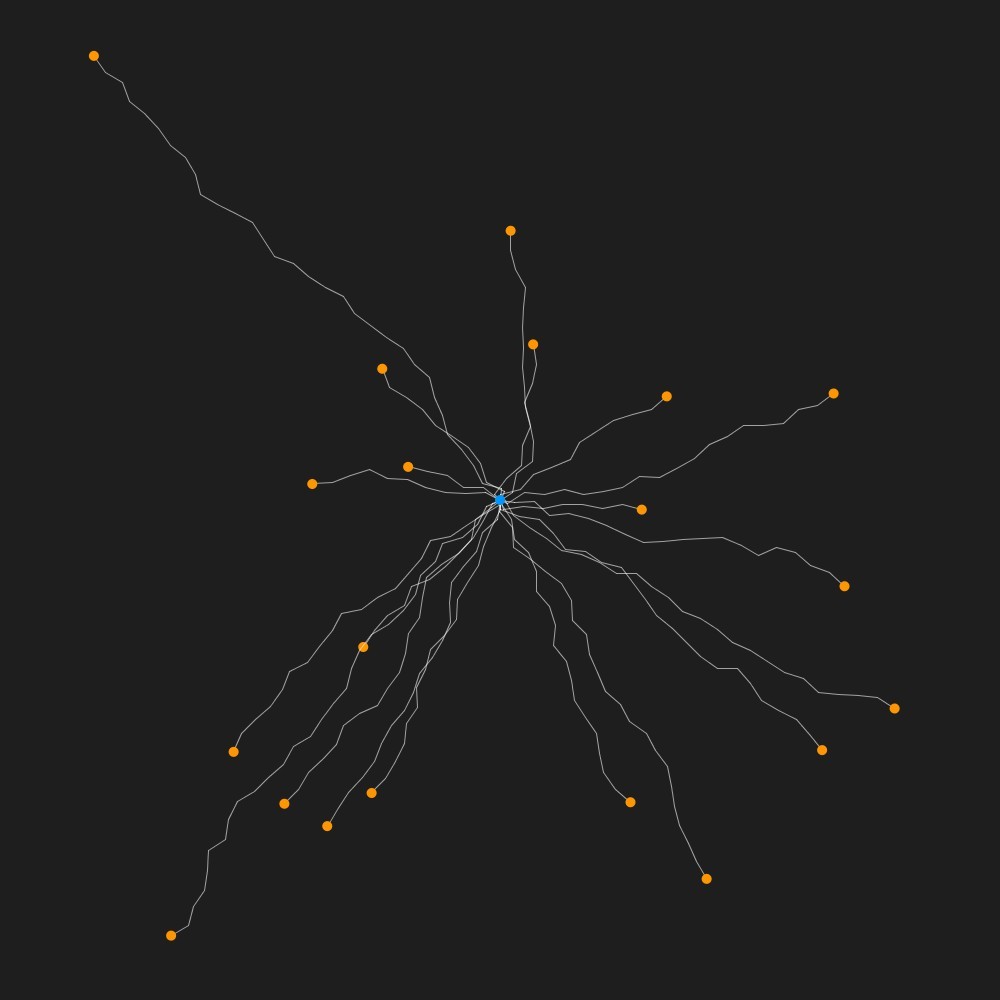


Exclamation points survive as tokens of the disjunction between idea and realization in that period, and their impotent evocation redeems them in memory: a desperate written gesture that yearns in vain to transcend language.
Exclamation points survive as tokens of the disjunction between idea and realization in that period, and their impotent evocation redeems them in memory: a desperate written gesture that yearns in vain to transcend language.
Exclamation points survive as tokens of the disjunction between idea and realization in that period, and their impotent evocation redeems them in memory: a desperate written gesture that yearns in vain to transcend language.
The matador is gored, the real jumps out and punctures the screen or strip of film, destroying it. . . . The challenge isn’t to depict this real realistically, or even ‘well’, but to approach it in the full knowledge that, like some roving black hole, it represents (though that’s not the right word anymore) the point at which the writing’s entire project crumples and implodes.
The matador is gored, the real jumps out and punctures the screen or strip of film, destroying it. . . . The challenge isn’t to depict this real realistically, or even ‘well’, but to approach it in the full knowledge that, like some roving black hole, it represents (though that’s not the right word anymore) the point at which the writing’s entire project crumples and implodes.
The matador is gored, the real jumps out and punctures the screen or strip of film, destroying it. . . . The challenge isn’t to depict this real realistically, or even ‘well’, but to approach it in the full knowledge that, like some roving black hole, it represents (though that’s not the right word anymore) the point at which the writing’s entire project crumples and implodes.



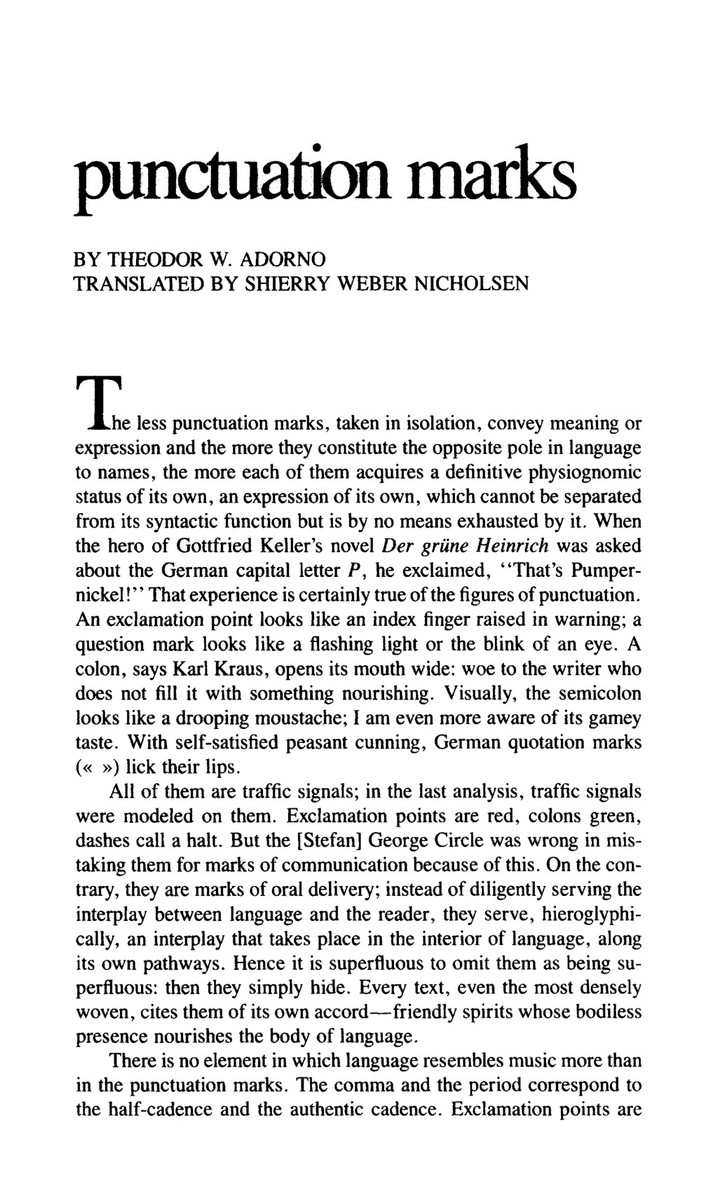





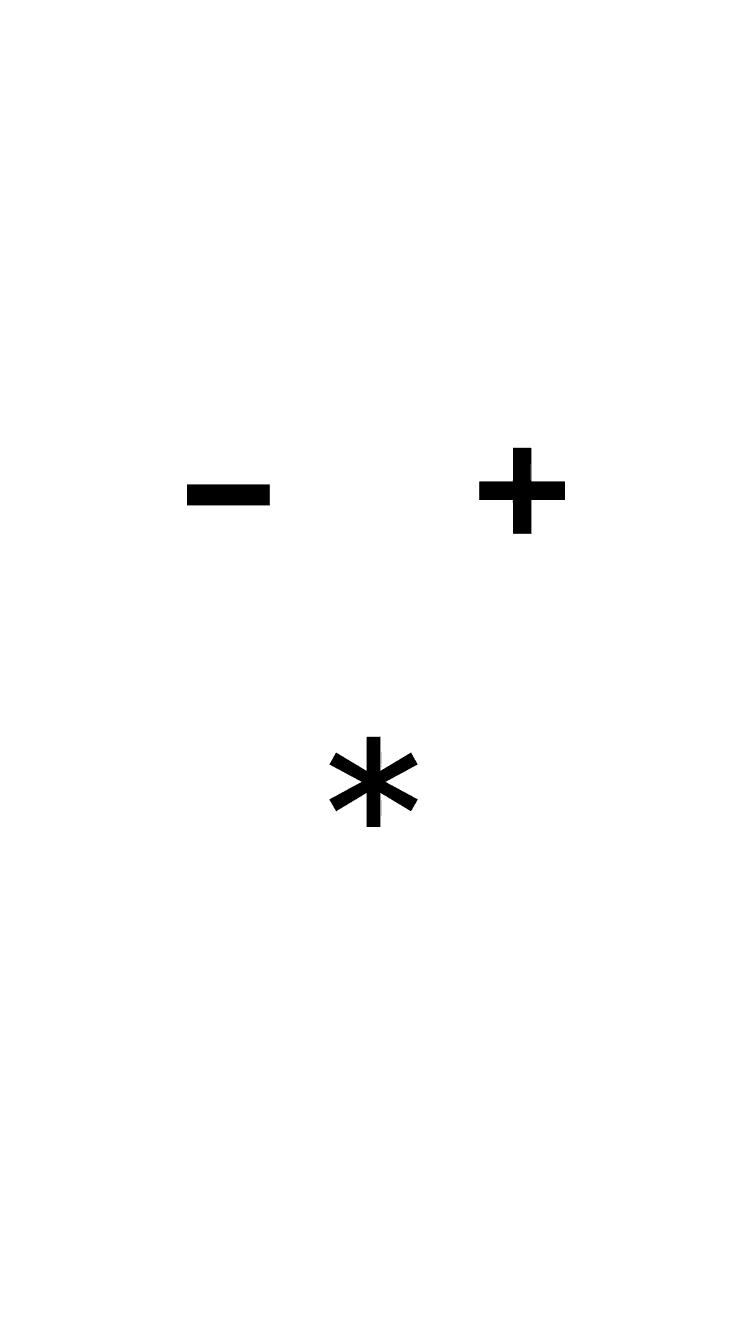


one continuous self, two sides of a vivacious equation looped together in a continual narrative of daily living and human existence. The glitch splits the difference; it is a plank that passes between the two.
one continuous self, two sides of a vivacious equation looped together in a continual narrative of daily living and human existence. The glitch splits the difference; it is a plank that passes between the two.
one continuous self, two sides of a vivacious equation looped together in a continual narrative of daily living and human existence. The glitch splits the difference; it is a plank that passes between the two.
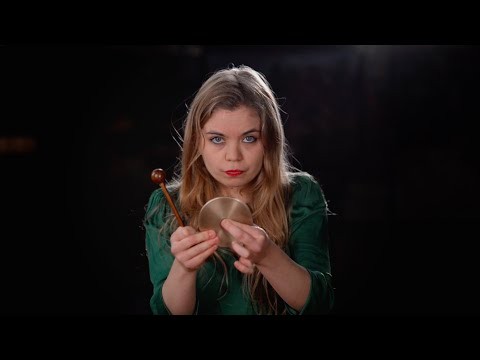


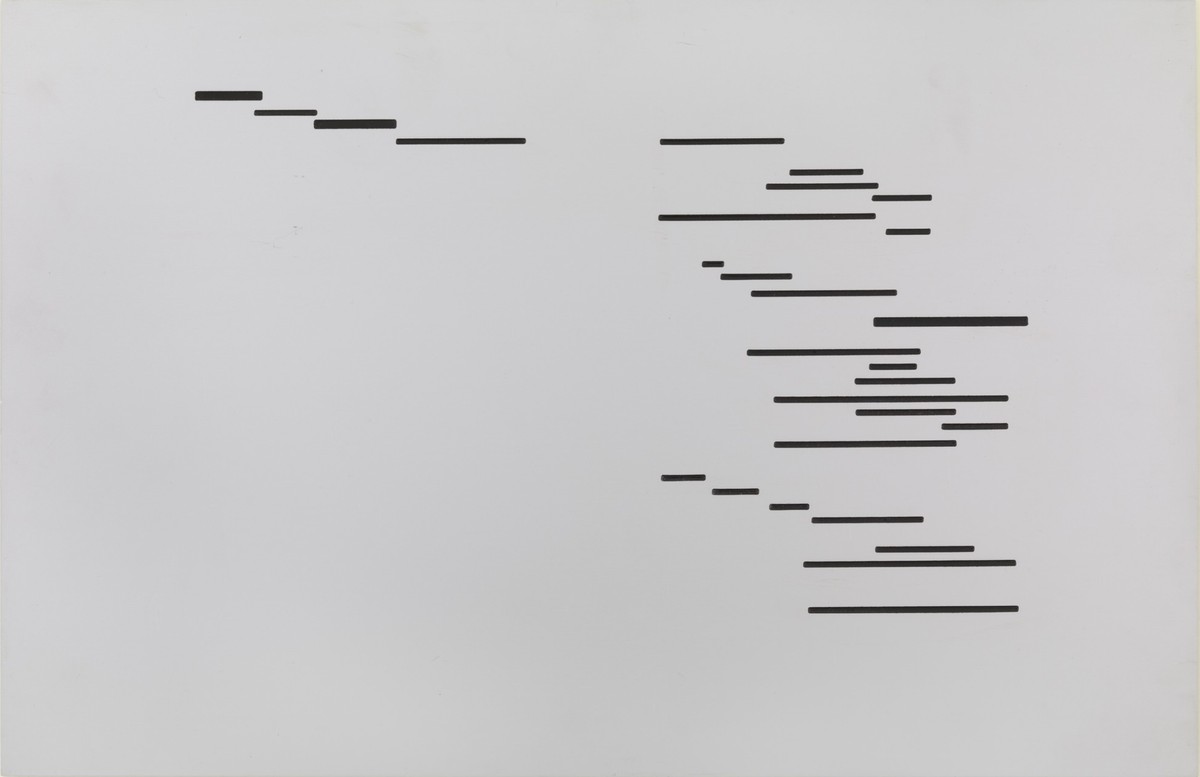


we are no longer in the age of gaining information, we are in the age of connecting knowledge.
we are no longer in the age of gaining information, we are in the age of connecting knowledge.
we are no longer in the age of gaining information, we are in the age of connecting knowledge.